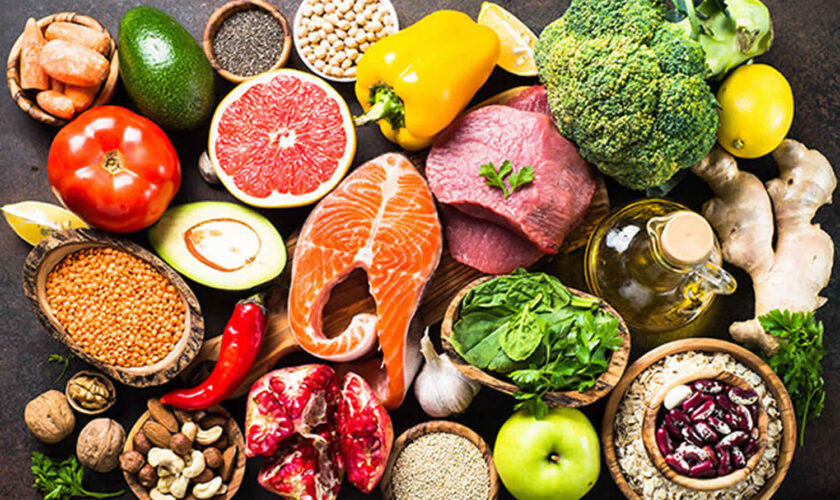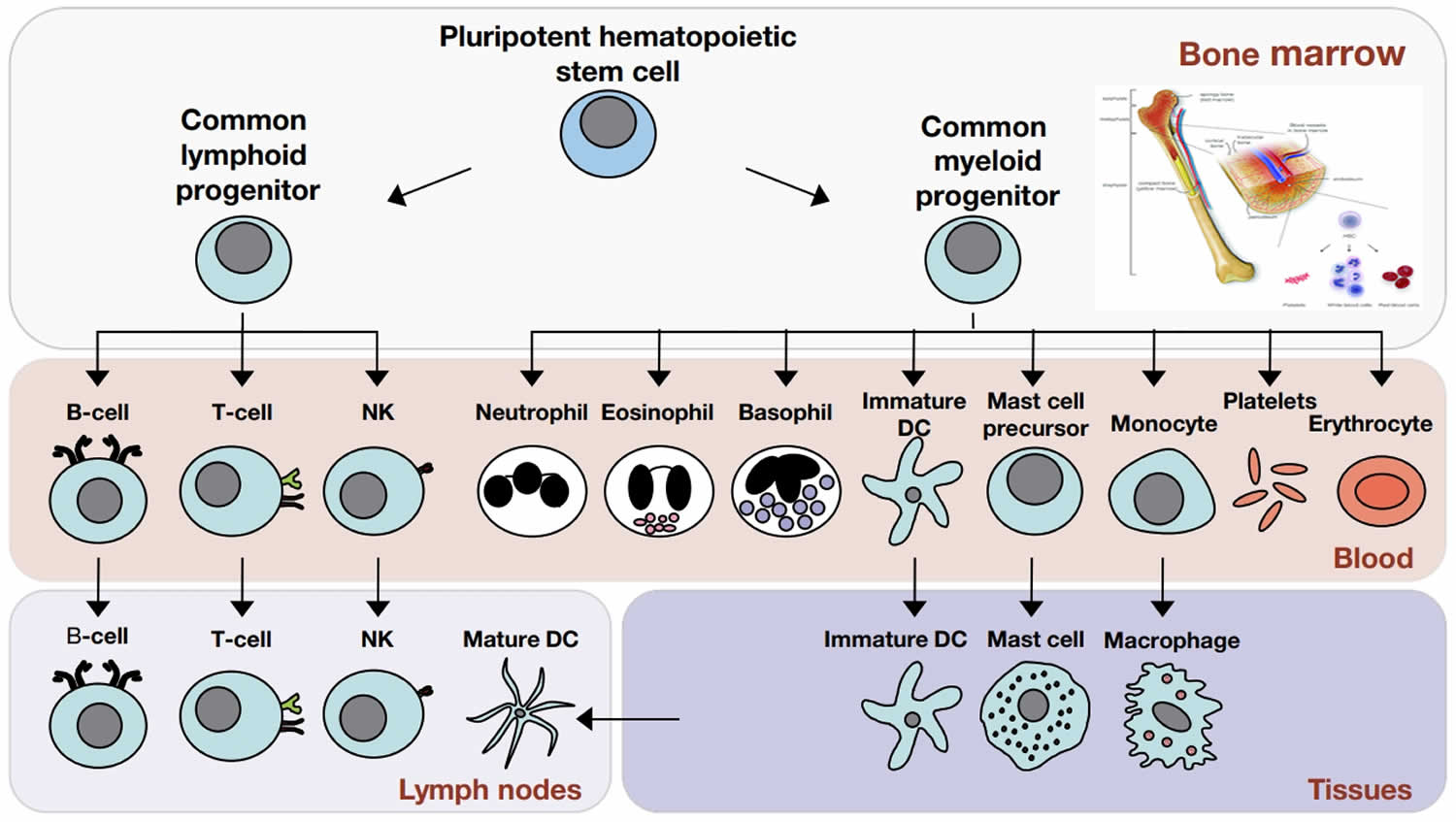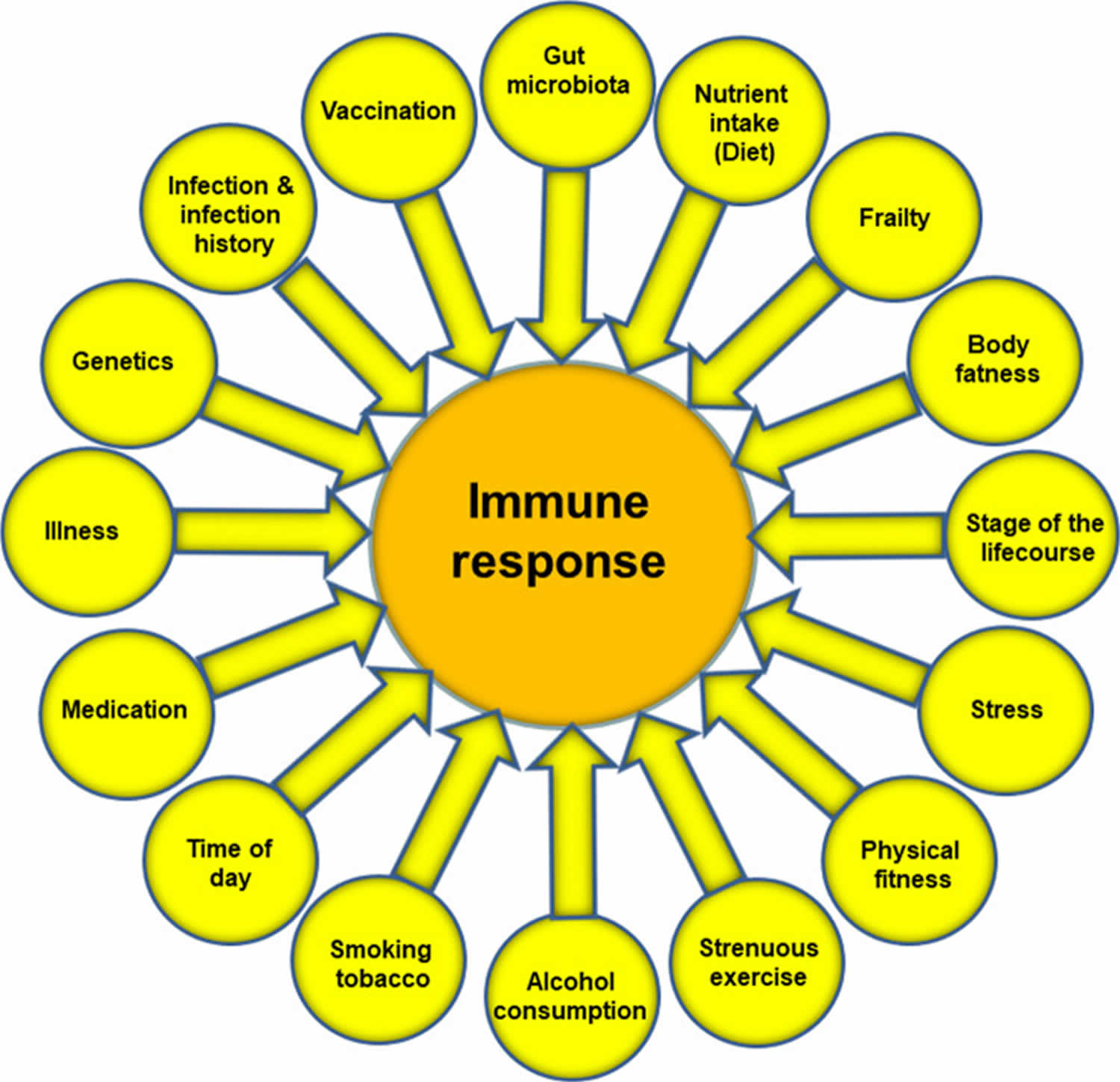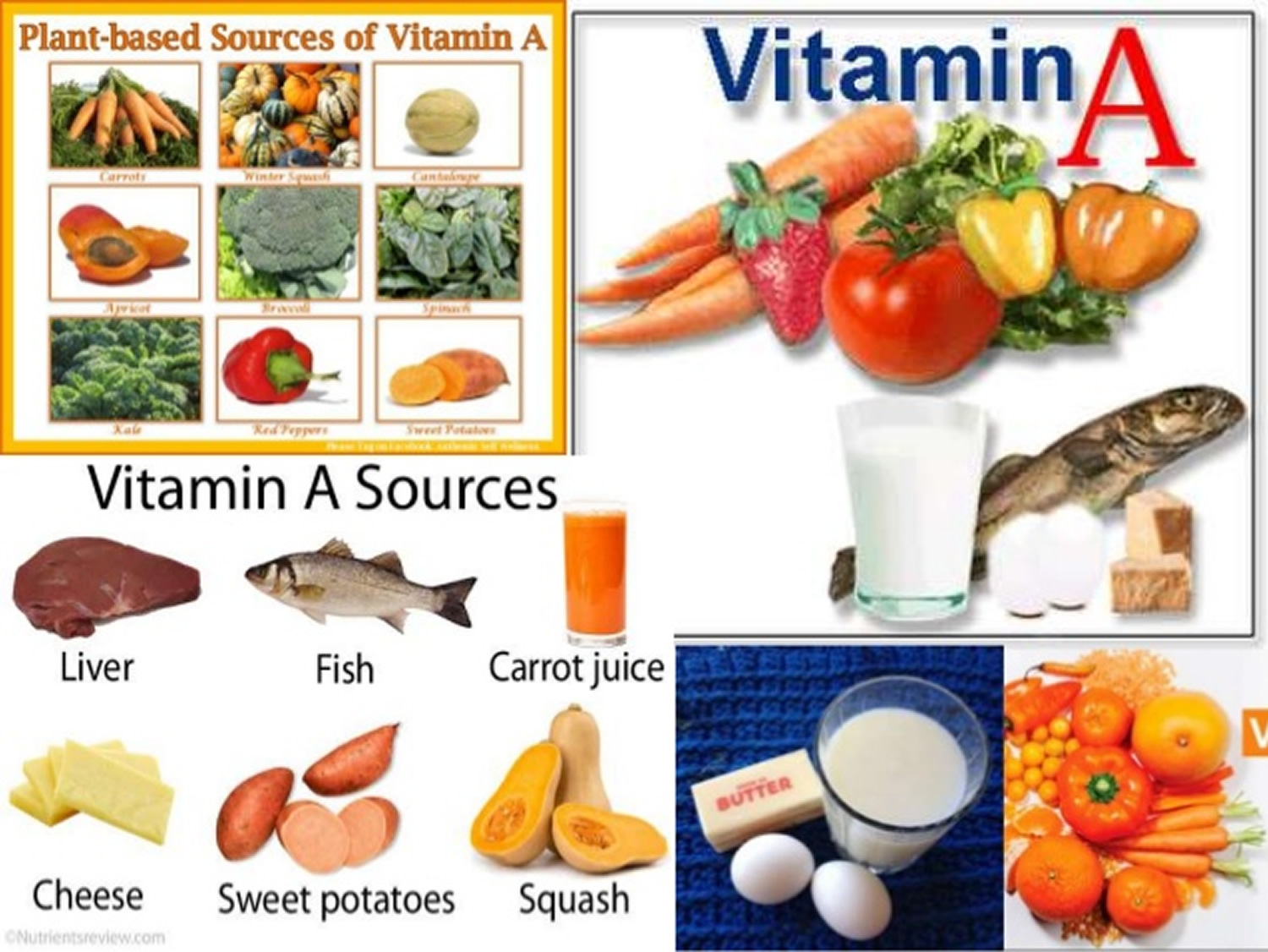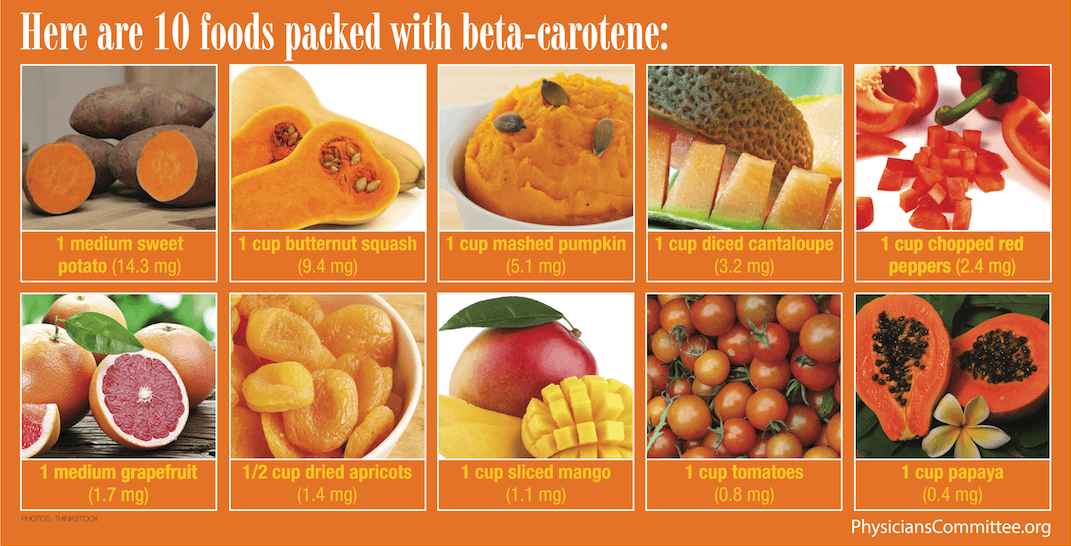Baby not smiling
Smiles are the first building blocks of warm, loving and responsive relationships. Smiles and frowns are the first way your baby relates to you. Smiles are very important early positive experiences. Smiles teach your baby a lot about himself and his world, when he’s too young to understand words. When you and your child smile at each other, it releases chemicals in your bodies that make you both feel happy and safe. On the other hand, if a baby is feeling insecure or stressed, there’s an increase in the stress hormones in her body. It’s worth remembering that a simple smile is one building block for your relationship with your child. Your face is where your child looks for reassuring, comforting responses and attention. Each smile your baby sees sends a great message that she’s loved and cherished. The more grins you share with baby, the more you’ll be rewarded with smiles.
Many babies start to smile at around 7 weeks. If your baby’s first smile is taking a little longer, it’s perfectly normal. Not all babies are natural smilers. Your baby may show his pleasure in other ways, such as by making cooing sounds or vigorous movements.
You may find that your baby isn’t quite ready to smile yet because he’s still too busy adjusting to the world around him. He may show this by looking away when you talk to him face-to-face.
This is a useful strategy for a baby, as it lets him control how much stimulation he gets. It doesn’t mean he’s not interested in you or upset with you, just that he’s overwhelmed by all his new experiences.
If your baby was premature or ill at birth, he’ll probably be quite easily overwhelmed by stimulation. Watch his body language to gauge just how much attention he can cope with at any one time. You may find that he needs more time before he can do the same things as other babies his age.
It’s a good idea to measure your premature baby’s development against the age he would be if he had been born on his due date, instead of his actual date of birth. This will give you a better idea of what he’s able to do, and when.
Your baby is wired to relate to you. Smiling is a part of this, whether it occurs at seven weeks or at a later age.
If you want to encourage your baby to smile, it’s best to wait until he is comfortable and ready to play. When your baby is quiet and alert, he’s probably ready to talk and play. It is also when he is most likely to smile. Look for times when your baby is calm and relaxed, yet still paying close attention to the world around him.
Make sure your baby can see you clearly. Hold your face about 30cm from his, then talk to him and smile. Give your baby some time to see if he wants to respond.
To avoid overstimulating your baby, give him a chance to rest between short bursts of play. Some babies need long breaks before they are ready for more play time, while other babies recover more quickly.
Watch your baby’s behavior and wait for signs that he is ready to interact with you again. When your baby looks at you intently and examines your face, he’s ready. This is the time when he is most likely to start to smile!
Some babies like to look at you for a long time before they smile. Keep talking to him softly, whilst smiling yourself, if you think he’s about to grin.
If your baby often turns away when you talk to him, don’t press him to respond. Just smile at him without talking the next time he looks at you. Try not to worry if it takes a while before your baby is comfortable smiling back. It’s a big and confusing world for him!
The more you watch and learn about your baby, the more likely it is that you’ll be able to work out his individual pace. Try slowing down your reactions to match his. You may find you both get into the same rhythm. And then you’ll both be smiling!
Your baby is also influenced by what you are feeling yourself. He may be more inclined to smile at times when you’re happy and relaxed.
If, like many parents, you find yourself frequently feeling low, and struggling with being a parent, there is no reason to feel guilty. Many women struggle after their baby’s birth and support is available. Try not to worry about your baby’s development. With the right help, it’s never too late to “tune in” to your baby.
Many mums worry if their babies don’t seem to be developing exactly according to schedule. However all babies develop at their own pace, and they all have different personalities. This includes learning to smile. If your baby is taking his time, there’s almost certainly nothing wrong.
Your baby may not feel very smiley if:
- he’s still working on coordinating his movements
- he generally tends to fuss or cry a lot
- he’s having tummy aches
If you have any concerns, talk to your baby’s doctor.
My baby is not smiling
Smiling begins at different times for different babies. On average most parents say they see their baby’s first smile between 6 and 8 weeks, though some are convinced their baby smiles from 4 weeks and others that there is no hint of a grin until 12 weeks. But if your baby doesn’t smile often, that doesn’t mean anything is wrong with him. Just like adults, babies have different temperaments.
Babies almost always smile by accident the first time they do it, while exercising their facial muscles or passing wind. But the reaction they get from you — enormous smiles, whoops of joy, big eyes, lots of talk — is so exciting that they try a smile again pretty soon. Once your baby sees that something works, she will use it again and again.
Until about 7 months, babies smile at just about anyone and anything, although by 4 to 6 months they save their biggest smiles for the people they love the best, but around this time, new faces may cause crying also. From about 7 months, babies begin to realize that some of the people they see and some of the places they go are not familiar, and they smile more warily or not at all at strangers, or in strange places — sometimes hiding their faces in their parent’s shoulder, as though if they don’t look at the unfamiliar person, that person won’t be there. That’s completely normal and a sign that baby is beginning to separate the world into the people she knows and strangers.
This discriminate smiling is an important step in your baby’s sense of how she fits into the world. Her ecstatic smile when she sees you rapidly comes to mean that she expects good things when you are around, and her lack of a smile to others means she doesn’t feel so safe with them.
In the highly unlikely event that your baby does not smile at all by the time she is 3 months old, talk to your baby’s doctor.
If baby doesn’t smile yet and you are concerned when do babies smile, remember that it’s far more important to observe your baby’s level of engagement with the world. Regardless of your baby’s smile status, by 3 months old, your baby should be “communicating” with you, other caregivers and even strangers via eye contact and vocal expressions (for example, making protesting noises when baby’s pulled away from the bottle or breast). If your baby’s not doing any of that by 3 months, bring up your concerns with your pediatrician. Often, a parent’s concern is that if their baby doesn’t smile, that means he or she is autistic. But autism isn’t something that is diagnosed in infancy. (Autism spectrum disorder is generally not diagnosed until 18 months to 2 years old. Some autistic babies smile; some don’t. But not smiling or engaging is something you want to get it checked out. Because occasionally, a young baby that doesn’t smile because they may have a vision problem that needs addressing.
When do babies smile?
Between 1 month to 3 months of age, babies begin smiling regularly at mom and dad, but may need some time to warm up to less familiar people, like grandparents. Many babies start to smile at around seven weeks. Baby’s first smile is a key milestone in infant development. That said, every baby develops at her own pace, and it’s not unusual for baby to take until the three-month mark to smile on purpose. If your baby’s first smile is taking a little longer, it’s perfectly normal. However, according to research, baby has been smiling long before arriving on the scene, with reflex smiles actually happen in utero, between 25 and 27 weeks gestational age. But this type of baby smile is not in response to an emotional trigger—it’s just a biological way for baby to start practicing different skills. Along with smiling, sucking, blinking and even crying, baby can be captured via ultrasound long before birth.
After a baby is born, it’s not uncommon for some parents to see a reflex smile from day one. Contrary to the name, reflex smiles aren’t in response to anything. They occur randomly and can even occur during sleep. In fact, sleep is the most common time to see your smiling baby.
Baby smile is important for your baby’s development because it signals that her vision and nervous system have not only matured enough to be able to zero in on your face and eyes, but that she recognizes a smile is a way of communicating with the world around her.
How can you spot the difference between a reflex smile and a baby social smile during the first few weeks?
See if you can drag your eyes away from her adorable upturned mouth for a moment and look into her eyes. When baby is giving a social smile, she’s also engaging in eye contact. A baby social smile also happens when baby is awake, and will likely look less lopsided and more symmetrical than a reflex smile. It’s also longer; she wants to connect and will hold it until she gets feedback in the form of a smile or eye contact from you.
Why do babies smile when they sleep?
Similar to how we sometimes make expressions or talk in our sleep, babies make lots of funny faces while sleeping, including smiling. These smiles are spontaneous and often occur when baby is drowsy or during REM stages of sleep. Being gassy while sleeping can also trigger this smile reflex.
Regardless of whether baby is asleep or awake, reflex smiles tend to only last a few seconds and can look like a grimace. In fact, the smile you see will probably be super short, probably lopsided and often happen when baby isn’t looking at anything in particular. Not all babies exhibit reflex smiles, though, and because they’re so blink-and-you’ll-miss-them, they can be hard to spot for even the most attentive caregivers. So now that you know about reflex smiles, you’re probably anxious to find out when do babies start smiling for real (aka a baby social smile)?
How to make your baby smile
Just like adults, some babies are more serious than others and may be more selective with their smiles. Again, this says nothing about whether or not they love you, it’s just a sign how they’re naturally wired. If you’re wondering how to make your baby smile on purpose, certain games and activities can help. For starters, giving baby your widest grin whenever possible. Babies are very good mimics. If they see you smile a lot, chances are they’ll try to emulate the expression. Then try some or all of these other smile-inducing tactics:
- Get close and be dramatic. Newborns are nearsighted (their full visual capacity doesn’t happen until about 3 months), so make sure baby has plenty of opportunities to be up close and face-to-face with you, about a foot away is ideal. Talk or sing to baby and exaggerate your expressions: Let your eyes get wide, your smile get broad and really show baby what a happy face looks like.
- Play games. Games like peekaboo are also great to engage baby. The element of surprise at being confronted with your familiar face can excite baby enough to elicit a baby smile. In fact, babies often respond to surprise with a smile, so engage baby with toys that make different noises or squeaks, stuffed animals with various textures or read a book and change your voice for the different characters.
- Get physical. If you’re wondering how to make your baby smile, engage with her physically. Tickle her belly or give her raspberry kisses as you change her diaper. Sit on an exercise ball and gently bounce up and down or lie on your back on the floor and lift her up into the air, bringing her down to kiss her. The more you engage with baby, the more she’ll want to engage with you. As baby learns that a smile elicits an even bigger grin from you, baby will up the ante by adding laughter, coos and other cues that she’s your number one fan.

